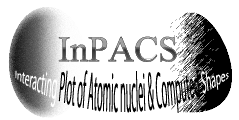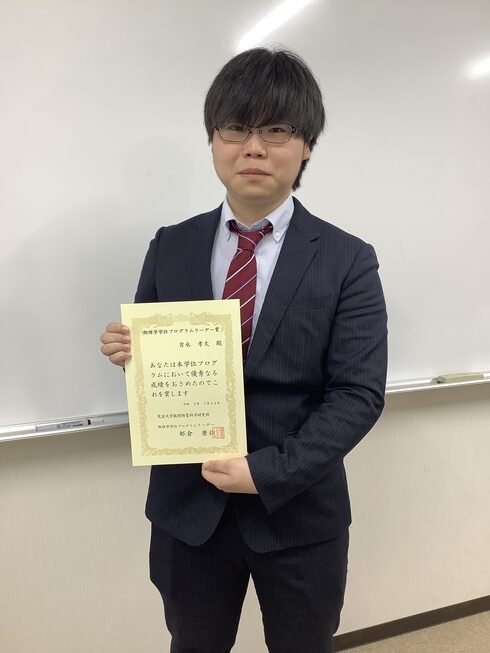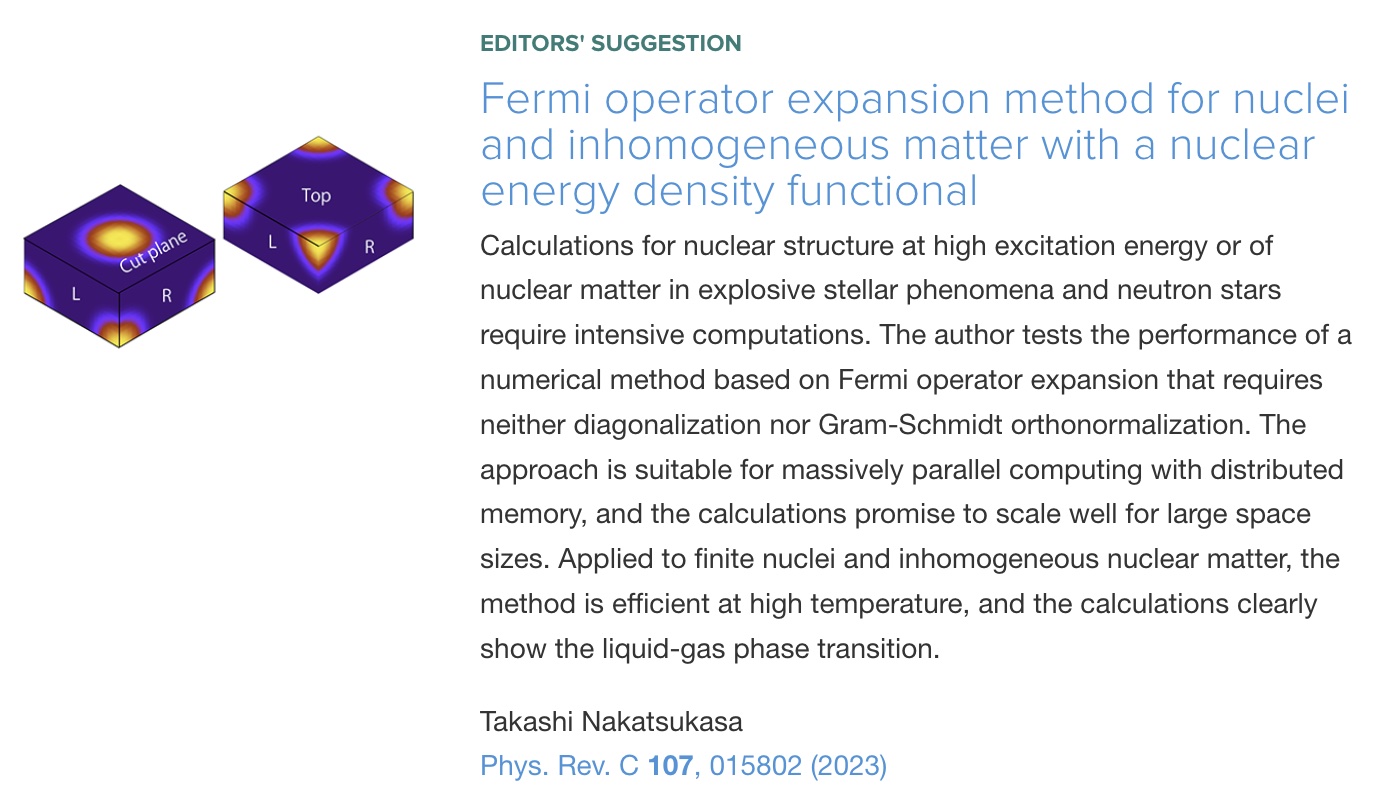Seminar (セミナー)2023.4.11 Garg, Umesh (Univ. Notre Dame)
2023年3月28日 | 新着情報
The following seminar by Dr Umesh Garg (Univ. of Notre Dame) will be held on April 11th, 2023. The language is English.
Lecturer : Umesh Garg (Univ. of Notre Dame)
Place: Meeting Room A (first floor), Center for Computational Sciences
Date/Time: Apr 11 (Tue), 14:00 PM
Title: Nuclear Incompressibility: How Collective Excitation Modes of a Nucleus Characterize Astrophysical Processes
Abstract: The Nuclear Incompressibility parameter is one of three important components characterizing the nuclear equation of state (EOS). It has crucial bearing on diverse nuclear and astrophysical phenomena, including radii of neutron stars, strength of supernova collapse, emission of neutrinos in supernova explosions, and collective flow in medium- and high-energy nuclear collisions. In this talk I will review current status of the research on direct experimental determination of nuclear incompressibility via the compressional-mode giant resonances. In particular, measurements on a series of Tin and Cadmium isotopes have provided an “experimental” value for the asymmetry term of nuclear incompressibility, which can provide constraints on the EOS of neutron stars.
Language: English



